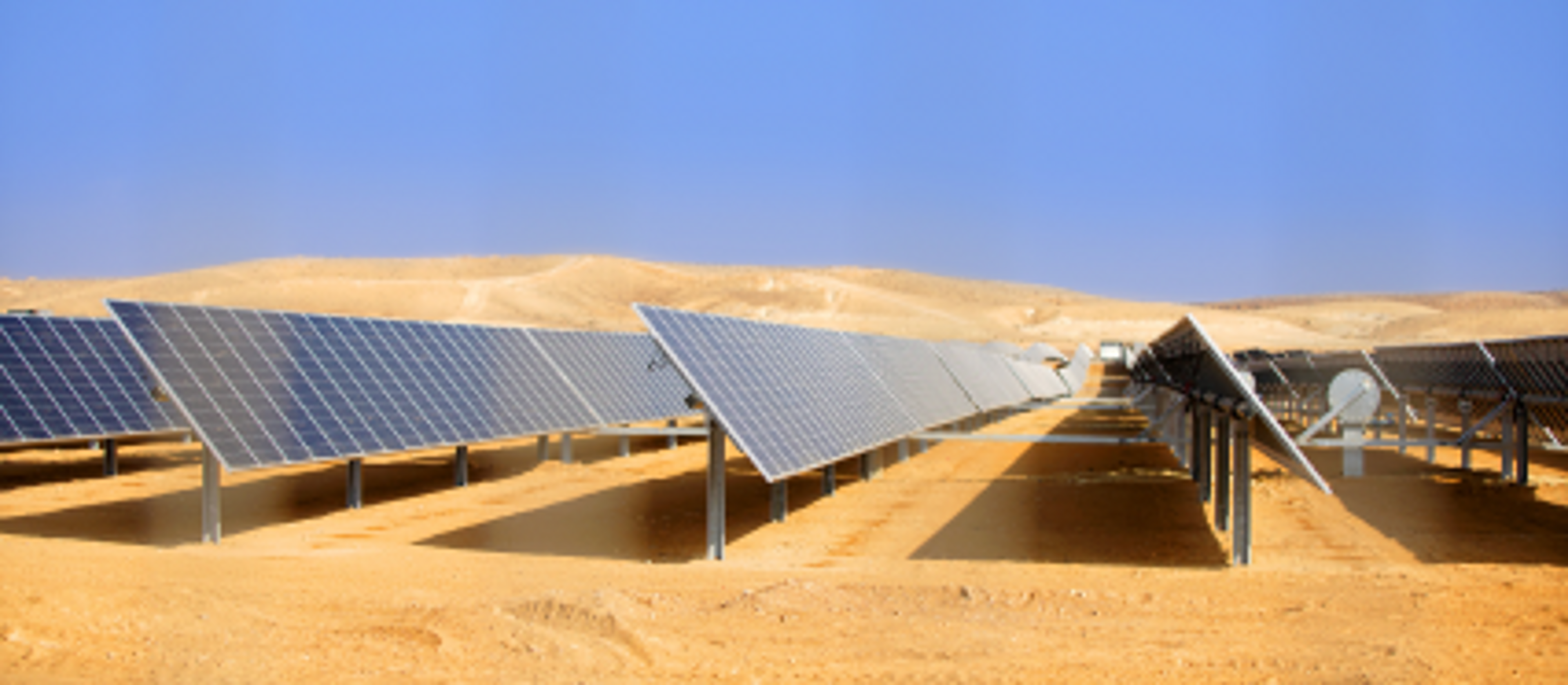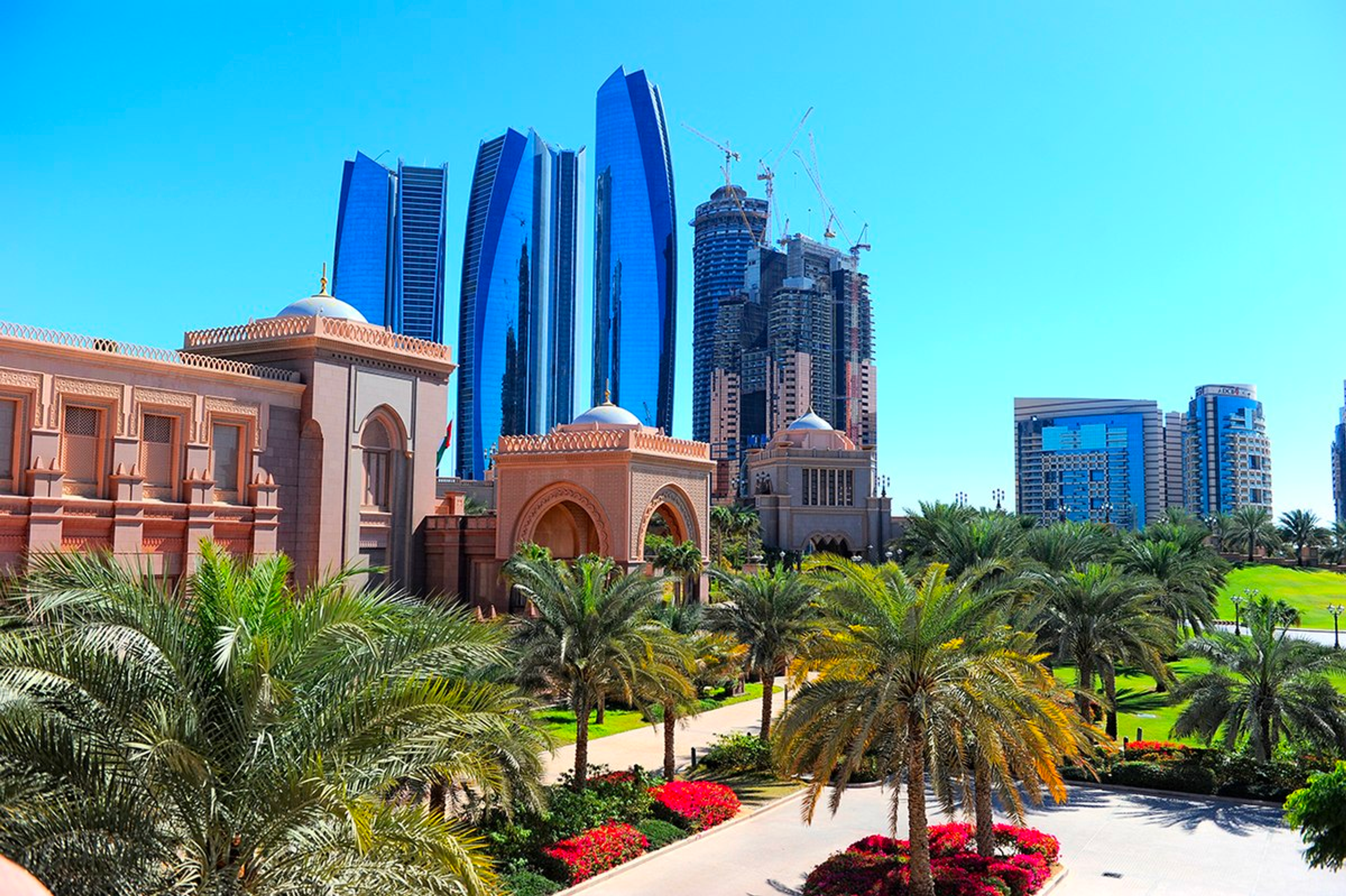Renewable energy kicks off the Green Cycle
Renewable energy is made using natural resources that replenish faster than they can be consumed, like sunlight, wind, surging water or heat from deep within the Earth. It is often generated at scale in remote locations at sea or in the desert. Because renewable energy emits little to no greenhouse gases into the air, it is key to reducing global emissions.
Where renewable energy was once the more expensive option, it is getting more and more cost-effective to produce. Solar energy in particular has seen steep annual price decreases.
We go where sunlight and wind are most abundant to ensure utmost efficiency, higher yields, and lower costs.
TES chooses smart locations
At TES, we primarily harness solar and wind power so we are building our production sites in some of the world’s sunniest and windiest places. Europe needs to import green molecules from regions where renewable energy can be generated at speed and at scale in a cost-efficient way. Even if local efforts to generate renewable energy accelerate hugely, not every asset can be electrified meaning there will continue to be a huge demand for green molecule imports. Setting up in locations like the USA, UAE, and Australia, allows us to drive down production costs and maximize efficiency.
How is the renewable energy used in the Green Cycle?
We use renewable energy to power a process called electrolysis that produces green hydrogen. This well-established method of making green hydrogen is completely free of carbon emissions.

FAQ
Is renewable energy reliable?
Yes. While renewable energy sources like sunlight and wind are changeable by nature, renewable energy can be stored for use on days when it is most needed. At TES, we convert renewable energy into green hydrogen and then store it and ship it around the world as e-NG, a completely renewable molecule that can replace fossil molecules.
Is renewable energy expensive?
Renewable energy used to be expensive to produce but improved technology and increased demand and availability are driving down prices. Take solar energy as an example.
Solar electricity prices dropped by around 90% between 2009 and 2019. More efficient panels and large-scale production mean that solar panels are 94% cheaper today than they were in 1989.
To further reduce costs, TES meets the sun where it shines most intensely (e.g. USA, UAE, Australia) so our solar panels can be most efficient and the cost of producing solar energy is at its lowest. This allows us to pass savings on to our customers.
Is renewable energy production efficient?
Efficiency is increasing all the time as technology improves. Choosing the most optimal production locations is also important to our success—solar panels are far more efficient in Houston than in Hamburg. We pay close attention to all aspects of our process and improve each step as and when we need to.
Why can't Europe not produce the energy it needs locally in Europe?
Europe relies heavily on imports to meet its energy demand. Today, only about 20% is met by electricity with only around 40% of this coming from renewable sources like wind, solar, or hydropower. Over time it will be important to grow this local share to meet net zero targets, Europe needs to import green molecules from regions where renewable energy can be generated at speed and at scale in a cost-efficient way. Even if local efforts accelerate hugely, not every asset can be electrified meaning there will continue to be a huge demand for green molecule imports.
Ready for the next step of the Green Cycle?
Highly-efficient, low-cost wind and solar energy production is just the first step of the Green Cycle. Next, we explain how we use renewable energy to generate green hydrogen.



